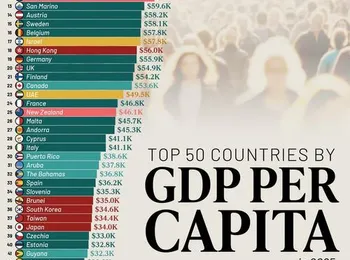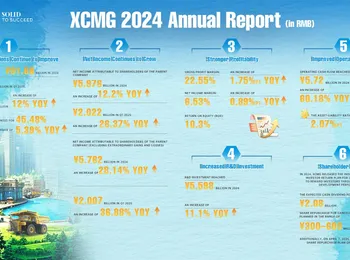Immigration and Customs Enforcement (ICE) has announced a significant shift in its deportation strategy, implementing a new goal of 3,000 illegal migrant arrests per day, marking a dramatic escalation in enforcement efforts. This move, unveiled as part of a broader leadership overhaul, is being positioned as a ‘bare minimum’ target, with the potential for further increases as the agency secures additional funding. The change represents nearly double the 1800 arrests per day previously mandated by the Trump Administration in January, and if maintained, would result in over a million deportations annually. This shift underscores the ongoing debate surrounding immigration policy and the administration’s commitment to addressing the ongoing influx of undocumented individuals within the United States. The current situation is further complicated by the substantial number of encounters along the border under the Biden Administration. Estimates suggest at least 11 million border encounters occurred, compounded by approximately 2 million ‘border jumpers’ who evaded apprehension by Border Patrol. A significant portion – around 85% – of these encounters led to the release of migrants into the U.S. under asylum policies, potentially resulting in 10 million or more illegal migrants entering the country without restriction. This contrasts sharply with the Trump Administration’s success in reducing border encounters by 95% within just four months. The administration’s focus on increased deportations is intended to create a tangible deterrent and address the challenge of removing the estimated 11 million undocumented individuals already residing within the United States. A key element of this strategy involves a leadership shake-up at ICE, with Kenneth Genalo stepping down as head of ICE’s Enforcement and Removal Operations (ERO) division, stating he’s retiring and will continue to serve the public as a special government employee to ICE. Genalo’s departure is part of a broader restructuring affecting over half a dozen personnel changes across ERO, Homeland Security Investigations (HSI), and other ICE divisions. Robert Hammer has been reassigned to a ‘critical leadership position’ within HSI. Marcos Charles will replace Genalo at ICE, while Derek Gordon will replace Hammer at HSI. The administration’s strategy is fueled by rising public concerns regarding migrant crime and the perceived need to reverse the course set by Democratic policies since 2021. Critics argue that the current situation is the result of deliberate policy choices and that a sustained effort is required to address the problem.
Furthermore, the administration anticipates that increased enforcement and the threat of deportation may encourage undocumented migrants to voluntarily leave the country. The future of this strategy hinges on the administration’s ability to secure continued funding and overcome legal challenges, including potential interference from activist judges. The ongoing debate highlights the complex political and legal considerations surrounding immigration reform and the administration’s approach to managing the border. The administration’s long-term goals are tied to the potential for future elections, with the hope that increased enforcement will influence the political landscape and potentially lead to broader policy changes. Ultimately, the success of this initiative will depend on a coordinated effort to address both the immediate challenges at the border and the broader issue of undocumented immigration within the United States.
























